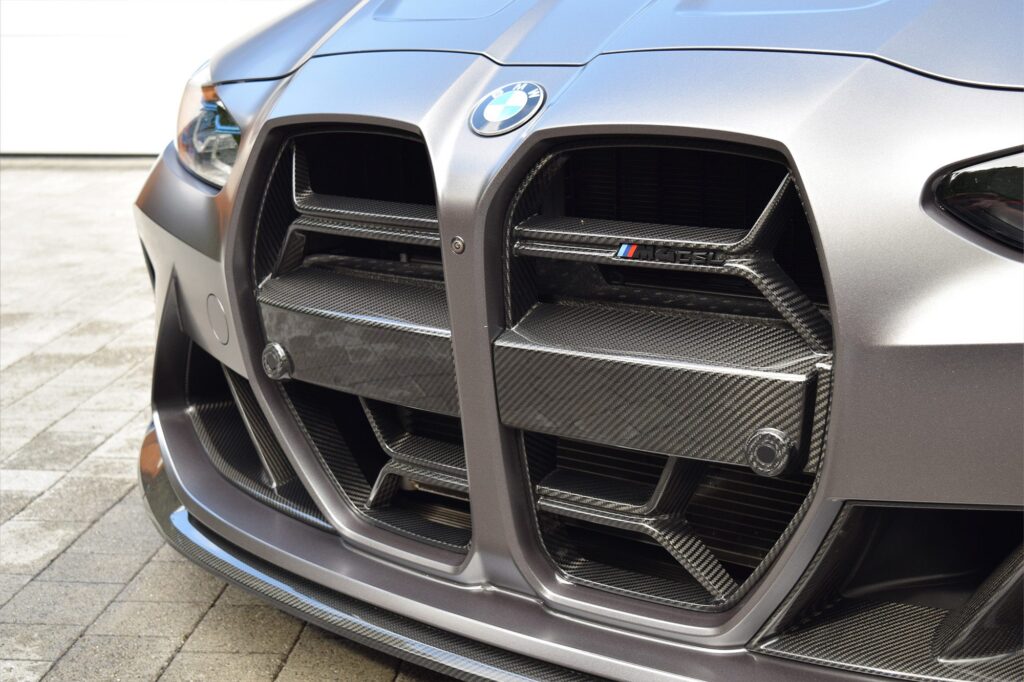
Tough news for sports car companies, driving enthusiasts, and those who create flashy body kits, as carbon fibre might face a ban after being labelled a “hazardous substance”.
The European Union is currently revising its End-of-Life Vehicles (ELV) Directive. The main goal is to ensure cars are recycled cleanly at the end of their life and to prevent the use of harmful materials like lead and mercury in new car production.
A proposed change to this directive seeks to classify carbon fibre as “hazardous,” similar to lead, mercury, cadmium, and hexavalent chromium. This amendment also aims to limit the amount of these substances allowed in specific car parts.
Currently, many of these materials are permitted in car manufacturing under exemptions, but this could soon change, with manufacturers already reducing their dependence on them. While carbon fibre offers a unique combination of strength and lightweight, it’s potentially in trouble due to the tiny particles released when it’s disposed of. Shredding carbon creates a cloud of conductive particles that can cause short circuits in machinery and irritate human skin.
A ban on carbon could severely impact the industry that produces it, with the automotive sector using about 10 to 20 percent of all carbon fibre, mostly made in Japan.
The good news is that carbon fibre was a $5.5 billion industry in 2024, which means the amendment will face strong opposition from the aircraft and automotive sectors before it becomes law.
